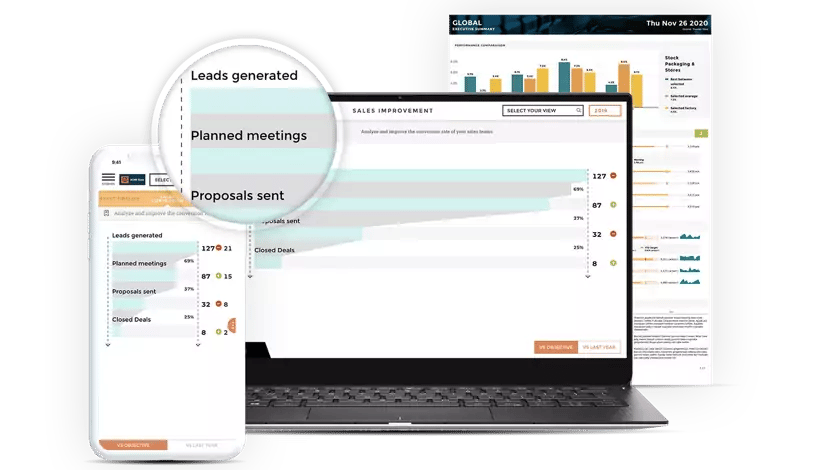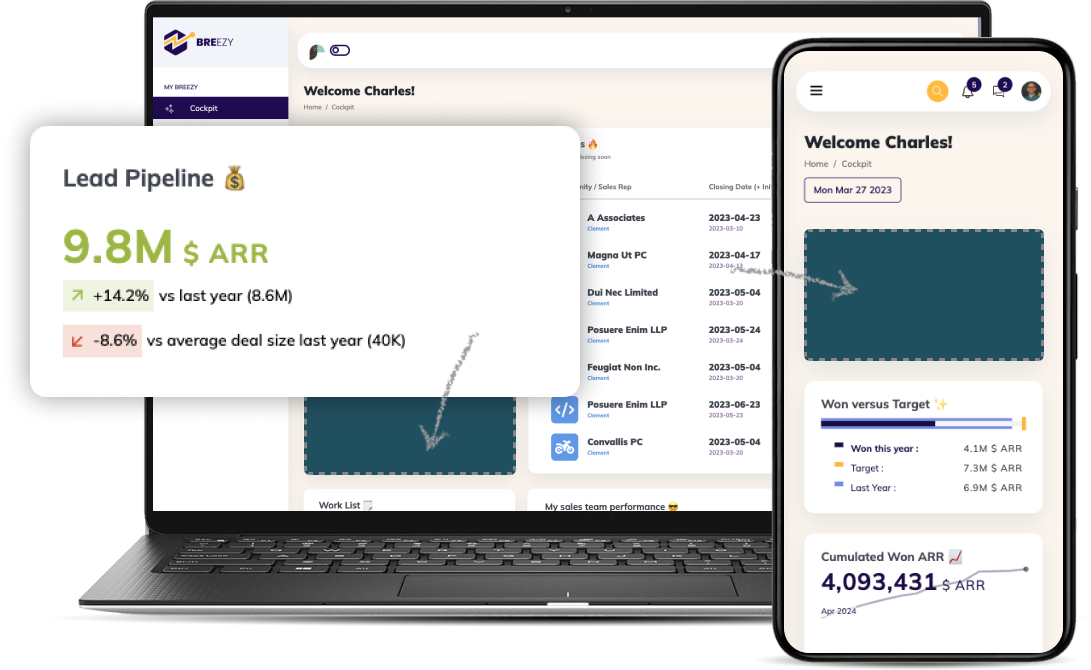When it comes to SaaS products, speed to market is important because it allows the company to gain an advantage over its competitors. You can generate feedback faster if you focus on speed-to-market in your initial strategy. A company's speed to market is particularly important because it prevents them from procrastinating on an idea that may not be successful. And procrastinating means losing a competitive advantage and R&D budget.
If you want to go to market fast, here's some advice you can follow:
- Identify what truly matters first; then narrow down your feature set
An initial release should contain just enough features to allow early adopters or beta testers to get started with your product. Through customer feedback, we will be able to identify missing features that need to be included in the next version(s). As long as you do not release too much at once, it is easy to add more features later on. The best way to add features is through embedding.
- Rely on your customers to provide feedback
Get feedback from customers early in the development process in order to speed up the product launch. Pre-launch marketing techniques such as landing pages can help you gather initial interest so that you can determine what features are most important to potential customers.
Your leads will be converted into paying customers more quickly if you have a speed-to-market mindset. Consider involving beta users or early adopters in providing design suggestions for the interface so that they are not just saying, "It looks nice." If you want to avoid the hassle look towards embedding the product as they will get feedback from multiple costumes and work behind the scenes to provide what you need.
- Set a clear timeline for all stages of your product release
Make a plan for when key milestones need to be met so that speed to market can be achieved. Make sure you know what tasks need to be completed at each stage of the product launch.
In order to achieve speed, prioritize minor tasks so that they are completed before major ones, so that you do not become overwhelmed by long lists and unrealistic expectations.
- Release early, release often
It is essential to include this tip in a new SaaS product launch strategy if speed is a priority. Regular updates will enable developers to reduce the amount of time between versions by eliminating the need for users to wait an unknown amount of time before new versions are released. Additionally, you can use new releases to promote your product from a marketing standpoint. If this seems like a lot to handle for your team, use an embedded solution. The easiest solution is to partner with Toucan. This way the product updates will continue with your team having to put in the extra works.

- Keep features easy-to-use and user-friendly
Make sure the release has the features you wish the users to have but do not add more than what is necessary for speed to be achieved. Keeping speed in mind while maintaining usability is a fine line, so make sure you find a way to achieve both goals.
It is possible that your product will fail if speed becomes your primary focus over usability since users will not find the product to be easy or interesting enough to continue using it.
When you focus on speed as a top priority for SaaS products, you will be able to speed up the launch of your product while avoiding the dreaded "too many features" problem. An effective way to do this is to seek out customer-facing embedded products, this way you and integrate easy-to-use features quickly into your product.
The Advantages of a Faster Time to Market
A fast time to market can be extremely beneficial when done correctly. In addition to reducing time to market, a company can benefit from quicker time to market in the following ways:
- Increased revenue and market share
The shorter the time to market (TTM) , the greater the chance of capturing more revenue and market share before competitors can release similar products.
A company that is able to establish the market price for a truly innovative product is able to gain a competitive advantage over its competitors in the future by being the first to market.
It is also important to note that being the first to market can give a company an advantage in terms of mindshare and brand recognition.
- Enhanced customer satisfaction
Customers are more likely to be excited about and engage with new and innovative products when the TTM is shorter.
Your existing customers will be more loyal to your brand when they know that new features and products are always available.
Moreover, a shorter time to market allows a company to capture those early adopters who are most likely to promote a new product or service.

- Improved agility and adaptability to market changes
As a result of a shorter TTM, a company is able to respond to market changes and trends more rapidly. Companies that respond quickly to market changes may have an advantage over their competitors.
- Opportunity to test and iterate
With a faster time to market, the product can also be tested with real users, feedback can be collected, and improvements can be made. Using customer insights, the company can iterate on the product and create a better version.
As your competitors roll out version 1.0 of their product, you can already be working on version 1.5 or version 2 by utilizing embedded products.
- Cost savings
As delays in product development can often result in additional expenses such as overtime compensation and increased resource utilization, a shorter TTM can also result in cost savings for a company.
The advantages of a faster time to market are many, including increased revenue and market share, improved customer satisfaction, improved agility and adaptability to market changes, the opportunity to test and iterate, and reduced costs.
Prioritizing and streamlining development processes as well as bringing products and applications to market as quickly as possible will enable companies to reap these benefits and remain competitive.
The Impact of Delayed Time to Market
Let's start by looking at the negative consequences that are associated with slow time to market. A company's bottom line and overall success can be adversely affected by delays in time to market. A longer TTM can have the following effects:
- Loss of potential revenue
In addition to lost revenue, delays in releasing a product or application can result in customers turning to competitors that have already released similar products.
In addition, a longer TTM can result in a company missing out on the early adopters who are most likely to purchase and promote a new product.
- Missed opportunities for market share
An extended TTM may also result in a company missing out on the opportunity to capture a larger market share. A company that is the first to introduce a new product or application often enjoys an advantage in terms of mindshare and brand recognition.
New products are frequently compared to existing, similar products by consumers. With a faster TTM, your product will become the point of reference, which can be a significant advantage.
- Decreased customer satisfaction
The delay in the release of a product or application may result in low customer satisfaction, as customers may lose interest or become frustrated with the wait. Especially when it comes to product updates, particularly if your user base has been clamoring for them.
Additionally, a longer TTM can mean that a company misses out on the opportunity to capture the early adopters who will take a chance on a new product and are most likely to be excited about and promote a new product or application.
- Increased competition
A company's delay in releasing a product or application gives its competitors more time to develop similar products. An increased level of competition can make it difficult for a company to stand out in the market and can make it more difficult for them to stand out.
In regards to time to market, it is important to note that it does not necessarily indicate poor performance on the part of the product development team.
There are times when external factors, such as disruptions in the supply chain, pandemics, or other unforeseen events, can delay the release of a product. The negative effects can be mitigated by having a clear plan B and a clear communication strategy with the customers.
A company's bottom line and overall success can be adversely affected by a delayed time to market. Prioritizing and streamlining your development processes is essential for minimizing delays and bringing products to market as quickly as possible.



.png)

